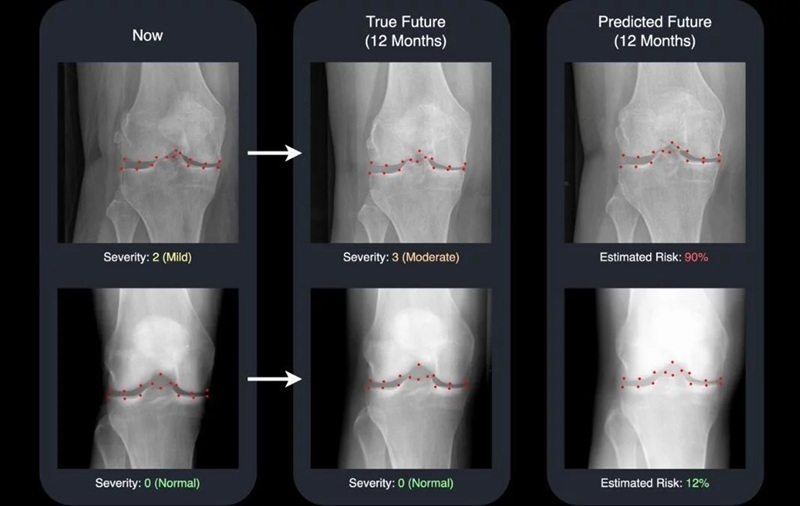Highly Sensitive, Foldable Detector to Make X-Rays Safer
Posted on 14 Nov 2024
X-rays are widely used in diagnostic testing and industrial monitoring, from dental checkups to airport luggage scans. However, these high-energy rays emit ionizing radiation, which can pose risks after prolonged or excessive exposure. Now, researchers have made a breakthrough toward safer X-rays by developing a highly sensitive, foldable detector that can produce high-quality images with lower doses of radiation.
X-rays are a type of electromagnetic radiation, similar to visible light and radio waves. Due to their high energy, they can pass through most objects, including soft tissues in the body. When producing an X-ray image, called a radiograph, the rays either pass through tissues, creating shadowy areas on the image or are absorbed by denser tissues like bones, creating bright, white spots. While a single scan generally poses no danger, repeated exposure to high-energy rays over time can damage electronic equipment or put X-ray technicians at risk. Typically, reducing the number of X-rays means sacrificing the quality of the radiograph. However, by improving the sensitivity of the detector, it's possible to generate a low-dose, high-quality X-ray image.

Researchers from the King Abdullah University of Science and Technology (KAUST, Thuwal, Saudi Arabia) have developed a device designed to facilitate these safer X-ray conditions. Their goal was to reduce the "dark current"—the background noise in the detector. To achieve this, they used specialized methylammonium lead bromide perovskite crystals, arranged in a cascade electrical configuration. This cascade setup reduced the dark current by nearly half, improving the X-ray detection sensitivity by five times compared to previous detectors using the same crystals but without the cascade. The findings, published in ACS Central Science, showed that radiographs taken with this new detector captured fine details, such as a metal needle piercing a raspberry and the intricate components of a USB cable. The researchers believe this technology holds promise for the development of foldable, more sensitive, and safer X-ray devices, which could reduce radiation exposure during medical procedures and enhance the accuracy of industrial monitoring.
“This advancement reduces detection limits and paves the way for safer and more energy-efficient medical imaging and industrial monitoring,” said Omar F. Mohammed, the corresponding author on the study. “It demonstrates that cascade-engineered devices enhance the capabilities of single crystals in X-ray detection.”













